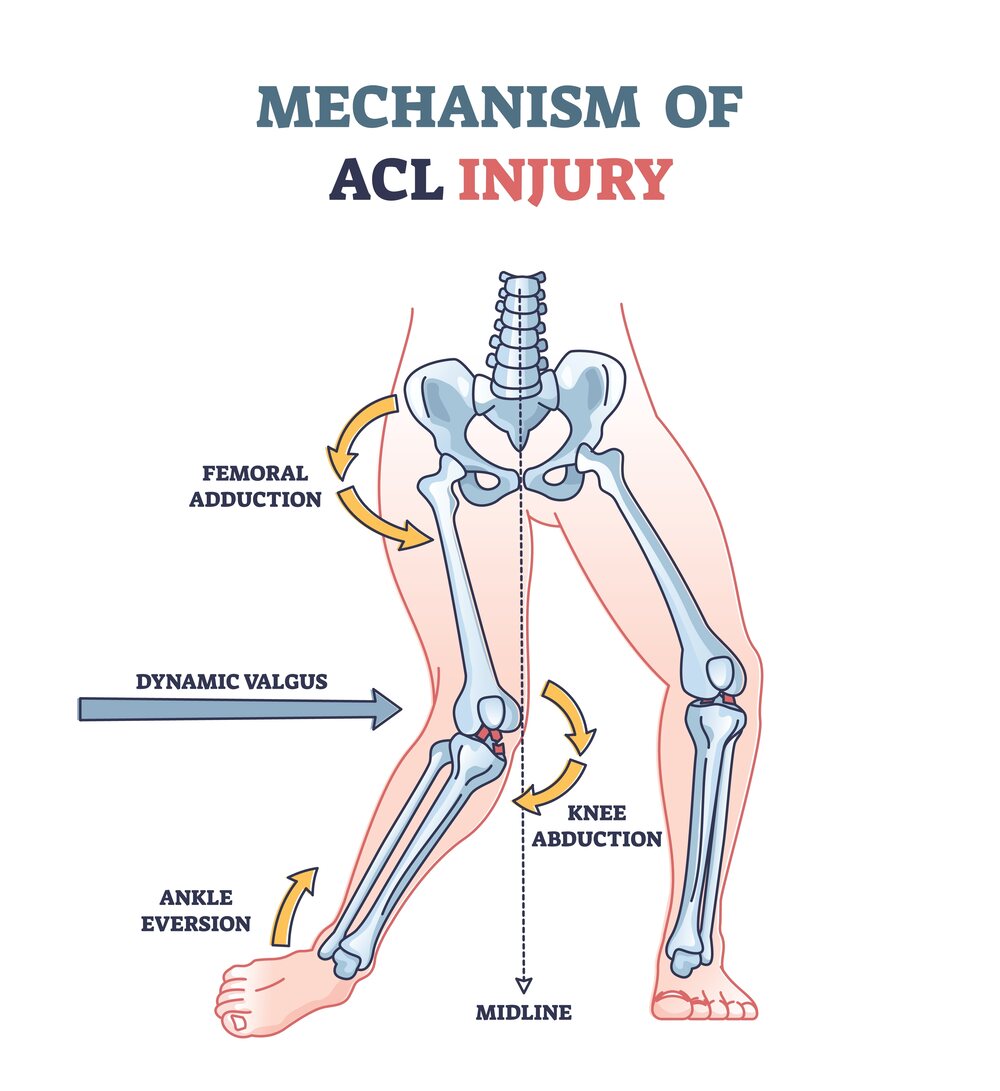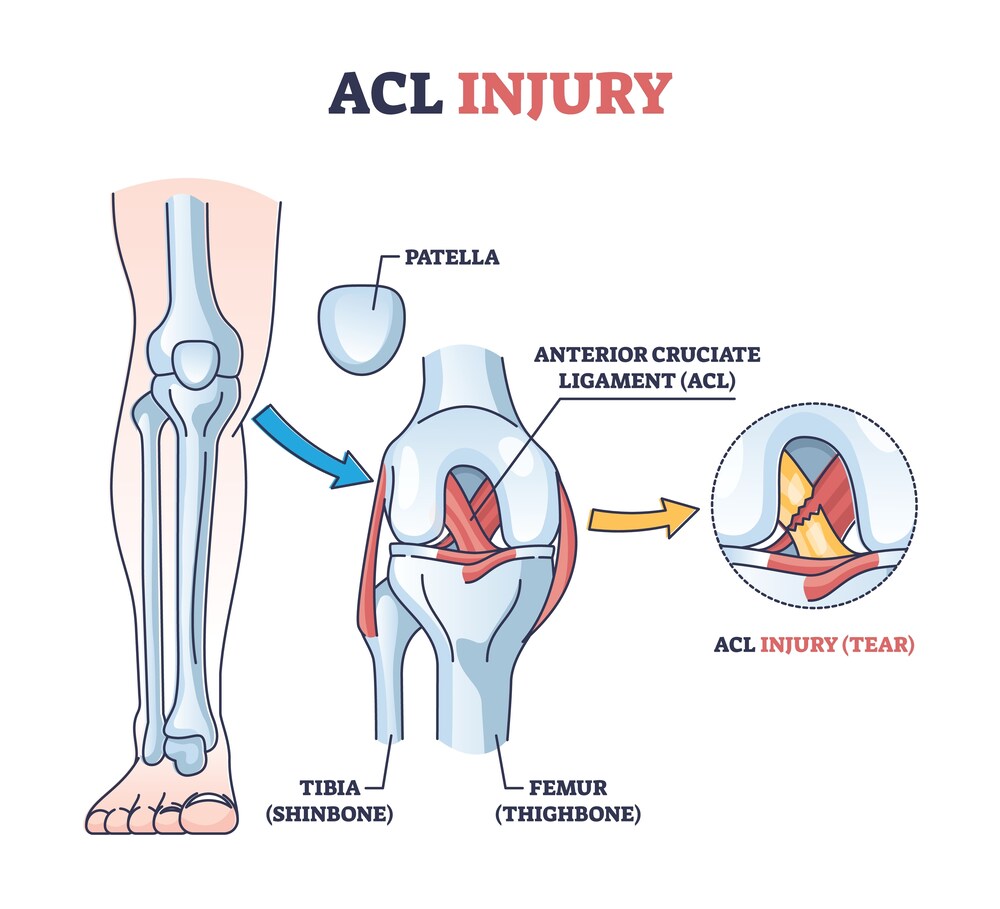Tackling the Challenge: The Pervasive Threat of ACL Tears in Football
2nd Jan 2024
Football, with its raw intensity, breathtaking plays, and physical prowess, stands as a sport that demands peak athleticism. Yet, amidst the exhilaration on the field, a common adversary lurks — Anterior Cruciate Ligament (ACL) tears. This article dives into the realm of football injuries, shedding light on the prevalence, impact, and preventative measures associated with ACL tears.
ACL Tears in Football: The Unwanted Specter
The ACL, a ligament in the knee, plays a critical role in stabilizing the joint during movements like cutting, pivoting, and sudden changes in direction — all integral aspects of football gameplay. The nature of the sport, with its dynamic and explosive movements, renders football players particularly susceptible to ACL tears.
Prevalence and Impact: The Toll on Football Players
●Frequency of Occurrence: ACL tears are among the most prevalent injuries in football, affecting players at various levels, from amateur to professional. The dynamic nature of the sport, characterized by abrupt stops, quick changes in direction, and intense physical contact, contributes to the high incidence of ACL injuries.
●Season-Ending Consequences: An ACL tear often translates to a season-ending injury, requiring extensive rehabilitation and, in some cases, surgical intervention. The absence of key players due to ACL injuries can significantly impact team dynamics and performance.
Understanding ACL Tears: The Mechanics and Aftermath
●Mechanics of Injury: ACL tears typically occur when a player makes a sudden stop, changes direction, or lands awkwardly after a jump. The ligament undergoes stress beyond its capacity, resulting in partial or complete tears.
●Rehabilitation Challenges: Recovering from an ACL tear involves a comprehensive rehabilitation process. This includes physical therapy, strength training, and a gradual return to football-specific activities. The road to recovery is not only physically demanding but also mentally challenging for athletes.


Prevention Strategies: Safeguarding Players on the Field
●Neuromuscular Training Programs: Implementing neuromuscular training programs can help improve players' biomechanics, reducing the risk of ACL injuries. These programs focus on enhancing balance, stability, and proper movement patterns.
●Strength and Conditioning: Building strength in the muscles around the knee joint is crucial for injury prevention. Strength and conditioning programs tailored to football players can contribute to overall joint stability.
●Education and Awareness: Coaches, players, and medical staff play pivotal roles in fostering awareness about the importance of proper warm-ups, cool-downs, and adherence to training protocols. Recognizing the signs of fatigue and providing adequate rest can also contribute to injury prevention.
Resources and References: A Deeper Dive into ACL Tears
For those seeking a deeper understanding of ACL tears in football, various reputable resources offer valuable insights:
American Orthopaedic Society for Sports Medicine (AOSSM):
●AOSSM ACL Injury Prevention Resources
Journal of Athletic Training:
●Prevention of Anterior Cruciate Ligament Injuries in Female Athletes: A Review
Mayo Clinic:
●ACL Injury Prevention: What Does Research Tell Us?
These resources encompass a range of perspectives, from injury prevention strategies to the latest research on ACL tears. Staying informed is paramount for players, coaches, and healthcare professionals as they work collaboratively to minimize the impact of ACL injuries on the vibrant and physically demanding world of football.





